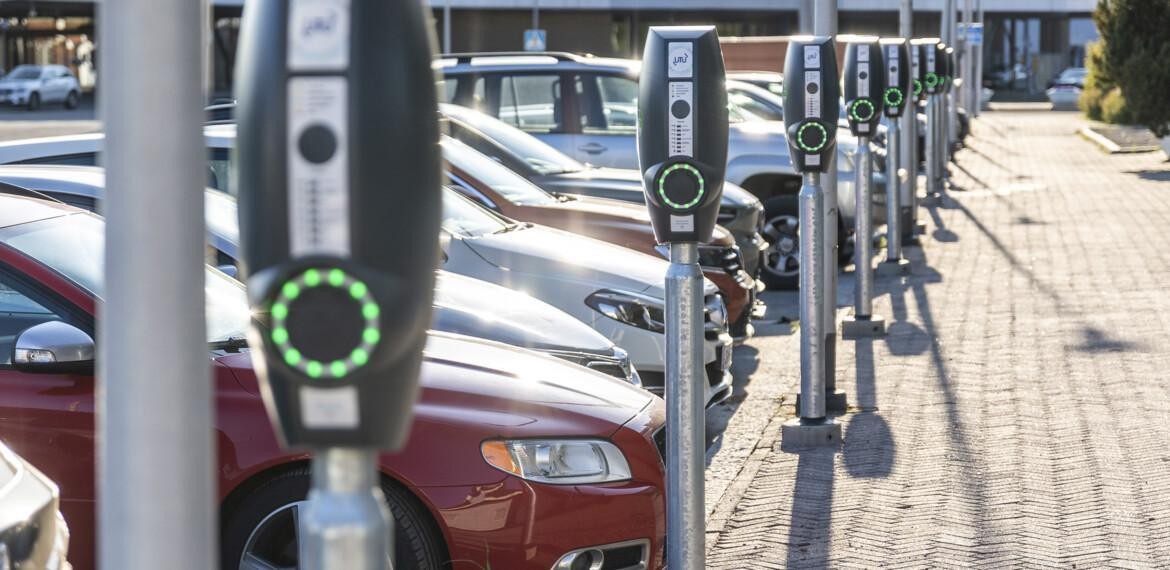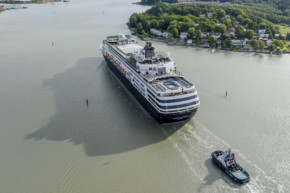Environmental work aims at carbon neutrality
In 2023, The Port’s environmental work emphasised measures directed at mitigation of climate change through which the Port aims at carbon neutrality both in its own operations and in maritime traffic.

The Port’s own climate activities are guided by the commitment to the City of Turku’s climate agreement. In the spring of 2022, Turku was selected to participate in the EU’s mission of 100 carbon-neutral cities which aims at reaching carbon neutrality by 2030. As part of the goal, Turku invited local companies and other stakeholders in the region to sign their own climate commitments as part of the climate city agreement. Port of Turku is one of over twenty stakeholders in the Turku region that has signed up by committing to the climate agreement. By its signature the Port commits itself to the implementation of the Carbon Neutral Turku 2029 goal and reduction of emissions as well as communicating about the climate measures of its organisation, acting as a role model of climate work, and participating in the activities of Turku’s climate team.
The Ports of Stockholm, the Port of Turku and Viking Line initiated co-operation for creating a green maritime corridor between Turku and Stockholm. The project was officially agreed on in February 2024, when the participants signed a letter of intent on setting up a green maritime corridor by 2035 at the latest. The goal is to be completely free from greenhouse gas emissions with fossil origin by then. The co-operation will act as an innovative platform for developing scalable solutions for abandoning fossil fuels, which will enable green maritime transports between Stockholm and Turku. During the project the partners will gradually reduce their carbon dioxide emissions and work for the development of a completely fossil-free transport corridor. The co-operation can also be extended in the long term to encompass other important stakeholders of the maritime business, other key ports, goods owners, and forwarding companies.
The updating of the Port’s own vehicles to electric cars proceeded. During the year, all of the Port’s passenger cars and vans have been replaced with electric cars. Other machinery and vehicles have switched to using renewable diesel. 20 charging points of electric cars have been built for the Port’s customers, and for some of them the electricity is produced by solar power. There are also plans for implementing a charging site for electricity-powered heavy vehicles in the Port’s truck parking area.
An automatic emission calculation system was introduced for monitoring the emissions of traffic in the Port. The new system produces real-time information on the emissions of both the vessels berthed in the Port and the vehicle traffic passing through the gates of the port area.

Text: Kari Ahonen
Photo: Jarmo Piironen

